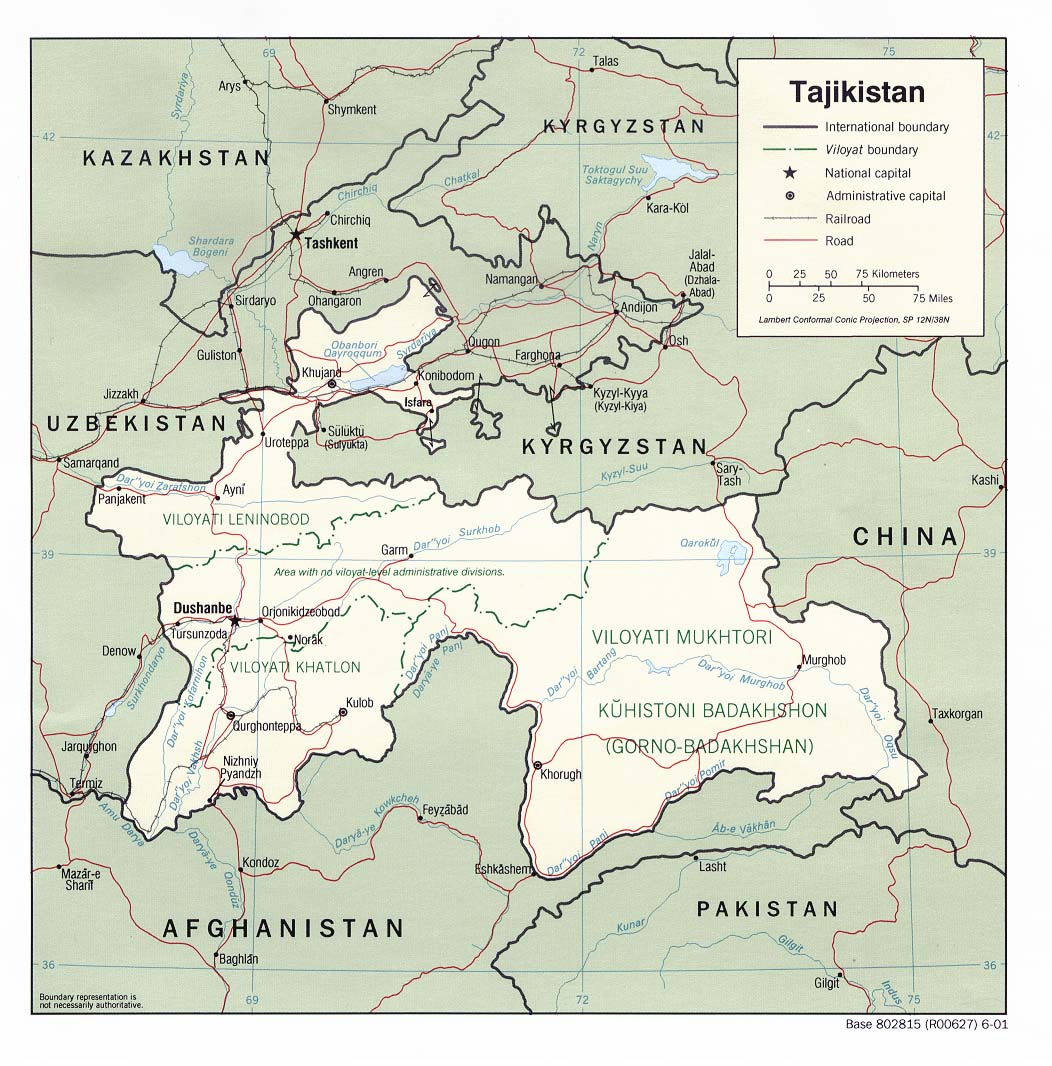1. On Saturday, a bomb exploded close to Tajikistan's highest court in Dushanbe. No person was hurt, and the bomb only damaged windows. It could have been so much worse. The city's chief prosecutor, Kurbanali Mukhammetov, said that the motive for the bombing was not clear, but he suspects IMU activity. However, it might also have to do with the increased organized crime from Afghanistan's drug trade. It might also be an anniversary: last year, on June 16, three explosions rocked Dushanbe.

2. In 2002, the UNDP made a conservative estimate that 100 tonnes of heroin per year transited Tajikistan. The internal drug market was estimated to be worth USD 120-200 million annually. In 2003, Russian forces pulled away from Tajikistan's borders. A ten-year agreement between Russia and Tajikistan, started in 1993, ended and were not renewed. Heroin labs were set up in Northern Afghanistan, and transit routes included the Moscovy and Panj river sites, as well as Badakshan mountain crossings during the summer months. Last week, Vadim over at neweurasianet reported that the Panj river bridge has been rehabilitated, which increases the likelihood of drug traffick through this area just as it does for any other Afghanistan-Tajik trade. Unfortunately for the most part, that Is the trade available, and it brings new reasons for crime, conflict, and social despair–especially in the absence of good border control.
Last year, CSM reported that Afghanistan's drug trade, already ubiquitous, was becoming far more organized in its approaches, which included routes through Tajikistan.
3. Last of all, BBC has an article of the large number of cluster bombs still extant from the 1992-1996 Tajik war. Like mines, these explosives are still dangerous a decade after war has stopped. Unlike mines, however, the sub-bomblets scatter upon impact, making it far harder to ascertain where they may be found. As long as they are extant, however, children and agricultural workers will continue to be injured when they come in contact with these devices.
What conclusion can one derive from these reports of volatile substances in Tajikistan? First, the key to Tajikistan's stability is inextricably tied to Afghanistan's drug trade being better controlled. Better border control can be a barrier, but both countries need a more varied economy in order to bring the opium trade down. Once these economies pick up, then funding de-mining and de-cluster bomb initiatives will become part of social services.
However, Tajikistan can't wait as long as would be convenient for the rest of us. It's time for friendly states and international organizations to provide Tajikistan with some help.
Further Reading:
Tajikistan bust on June 14: 100 kilos of heroin